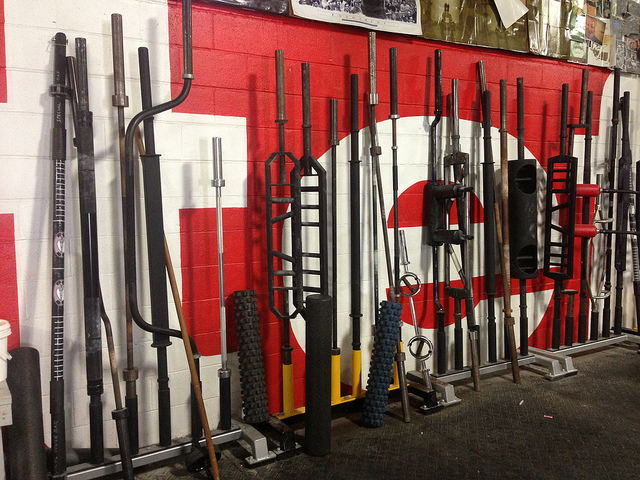
The ability to reduce tension and relax muscles affects strength, speed, coordination, and in turn, sports performance.
Athletes who are skilled at muscle relaxation are less vulnerable to injuries, have greater special endurance, and are better able to tolerate training and competitive loads. Conversely, in those athletes who have little or no skill at muscle relaxation, the correct timing of relaxation occurs less frequently in certain muscle groups, even when performing the simplest of exercises. This produces rapid fatigue and hampers the proper execution of various movements during practice and competition.
Muscle relaxation is best experienced when alternated rhythmically with tension that develops during the training. However, compared with other physical qualities, muscle relaxation skills are not as easily acquired. When there is a general overall increase in training loads, muscle relaxation skills require special attention.
Training your ability to relax consists of learning to control your muscles and sense their level of tension and relaxation. The main way to reduce tension involves special relaxation exercises such as stretching, swimming, massage, and different methods of recovery and restoration.
The key to success in learning relaxation techniques is to independently develop the ability to relax and constantly analyze your feelings and sensations when you perform exercises. In other words, you must become more in tune with what is going on in your body. You must be cognizant of not only any gross changes but also subtle ones.
Special relaxation exercises involve contrasting tension and relaxation. After you achieve maximum muscle tension, disengage the muscle group as much as possible, bringing it into a passive state of inertia with a swinging of the limbs. Here are some exemplary exercises:
- Start in a standing position with the trunk rigid. Extend the arms forward and squeeze the hands into fists. Hold the position. When the arms feel heavy, drop them with a swinging motion. The transition from a state of tension to relaxation can be gradual or abrupt. The tension phase is coupled with preliminary inhalation and breath holding. Relaxation is coupled with full exhalation. This exercise can also be done by raising the arms completely over the head and repeating the same protocol.
- Assume a supine (face up) position on a bench. Bend the knees with the legs together and the feet on the bench. Breathe in and hold the breath, tensing the abdominal muscles and squeezing the knees together with the arms. Hold the tension for 5–6 seconds. Then, relax the knees, arms, and abdominal muscles.
- The start position is the same as in number 2. Breathe in, lift the arms, and straighten the legs. Hold this position for 5–6 seconds and then “throw” yourself into the relaxed position.
- Start by lying face down. Breathe in and raise the legs and arms. Tense the back muscles, and hold the position for 5–6 seconds. Then, drop the arms and legs into a relaxed position.








